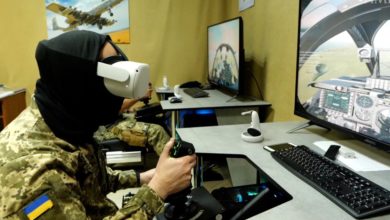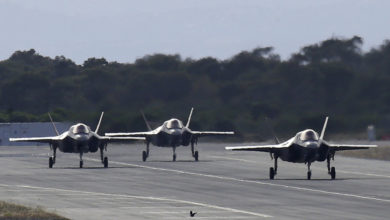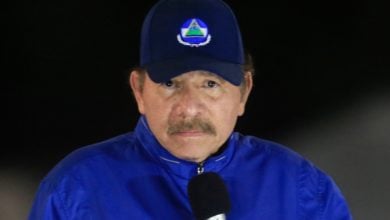See the James Webb Space Telescope’s First Picture

TThere is nothing extraordinary about 2MASS J17554042+6551277. It’s a nice bright star, yes—about 16 times brighter than the sun. And it’s located relatively close to Earth, as these things go—about 2,000 light years away. But it’s just one of up to 400 billion stars in the Milky Way, and until recently, nobody gave it a lot of thought.
Last week 2MASS J17554042+6551277 made history as the most prominent star in science beyond our own sun. That’s because the James Webb Space Telescope—launched from Earth on Christmas Day and now located 1.6 million km (1 million miles) away—chose the ordinary star to take an extraordinary picture: its first image with its 18 hexagonal mirror segments in near-perfect alignment. According to NASA, Inverse, and other sources, Webb took the image using a red filter in order to increase its brightness. He could also see stars and galaxies behind it, as well as the target star itself.
“More than 20 years ago, the Webb team set out to build the most powerful telescope that anyone has ever put in space and came up with an audacious optical design to meet demanding science goals,” said Thomas Zurbuchen, a NASA associate administrator, at a press conference on March 16, the day the image was released. “Today we can say that design is going to deliver.”
It took some effort to capture the image. The 18 segments that make up the Webb’s 6.5 m (21 ft., 4 in.) Motors allow for seven-axis movement of the diameter mirror. Each segment works as its own independent mirror—meaning that, left to themselves, they would capture 18 hazy images of a single body instead of one extraordinarily sharp one. Ground controllers have been working for months to align the segments to within a few nanometers—or billionths of a meter—of one another. The image of 2MASS J17554042+6551277 was taken when the mirrors had completed what NASA calls the “fine-phasing” stage of their alignment. This is the last stage of focus, but it’s not quite there yet.
In the months ahead, finer adjustments will continue. At least until May, the mirror segments will still be tweaked. It will then take until the end of June or early July before all of the $10 billion telescope’s other instruments are calibrated and brought online. An observatory, which has been under development for 25 years, will finally be ready to go.
“We are excited about what this means for science,” said Ritva Keski-Kuha, deputy optical telescope element manager for Webb, during the agency press conference. “We now know we have built the right telescope.”
Original publication of this article was TIME Space. Register here.
Here are more must-read stories from TIME





